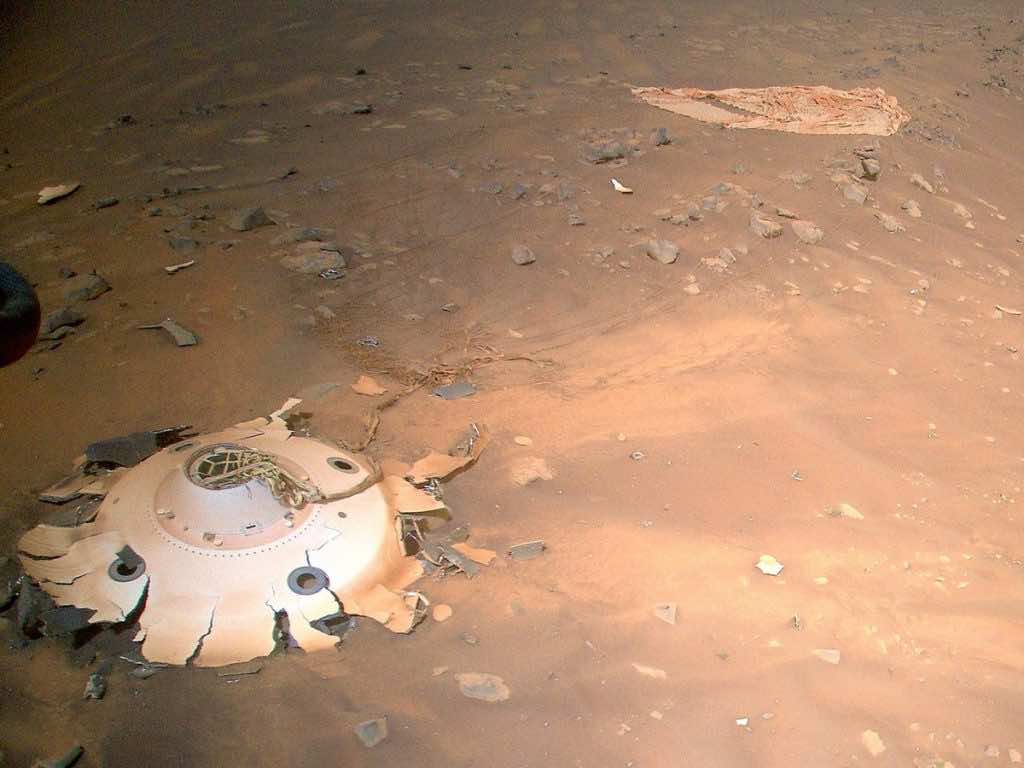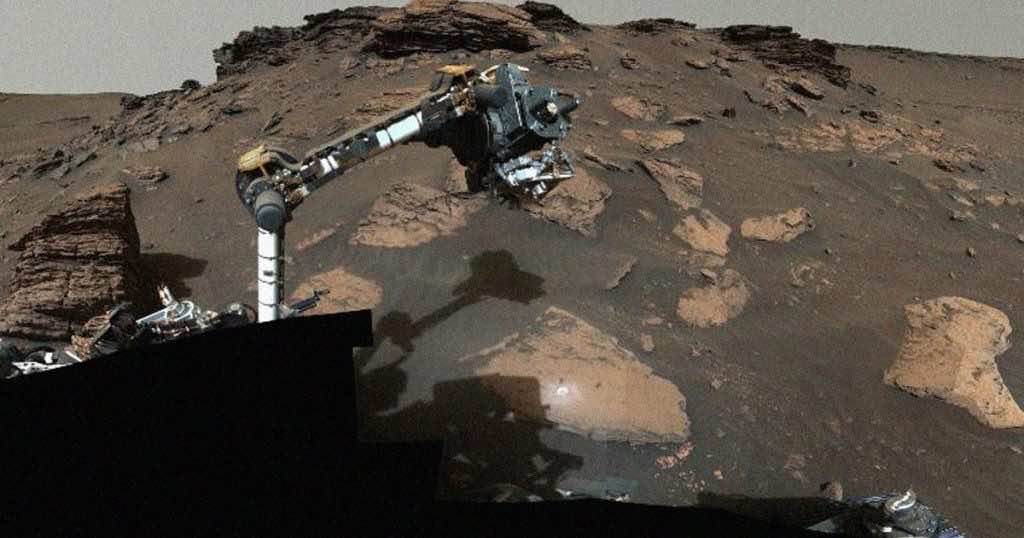For the past few decades, humans have made huge breakthroughs in learning about the red planet, i.e., Mars. Still, there is so much more that we don’t know that always leaves us in awe.
However, one thing that we are overlooking is the amount of trash that we leave behind in these endeavors. About 15,694 pounds of debris so far has been collected on Mars in these missions, according to a new Conversation essay by West Virginia University postdoc Cagri Kilic.
It is not entirely a new piece of news as random chunks of detritus have been covered by headlines on here before, like a noodle-like object in July that had NASA scientists puzzled before they finally confirmed it was just a piece of shredded netting from an earlier landing.

Does this mean that Mars will have the same treatment as Earth at the hands of humans?
According to Kilic, Mars debris comes from three main sources: discarded hardware, inactive spacecraft, and crashed spacecraft.
The major reason there’s so much debris left behind is from the current method of landing on the planet’s surface. To safely enter and pass through the atmosphere, a spacecraft comes clad in a disposable heatshield and deploys a parachute to slow down in time before coming close to the ground. Naturally, all that stuff gets discarded. Even active rovers leave behind bits of discarded hardware, the essay notes, like the Curiosity Rover’s wheels.

Another source of trash is inactive spacecraft. Currently, there are nine of them lying around in the desert sands like bits of Ozymandias. That’s why, in Kilic’s analysis, they “might be better considered historical relics than trash.”
The main concern to NASA scientists is not the pollution but that it may risk current and future missions y tangling up in a state-of-the-art rover like Perseverance. There’s also the threat of tempering with samples collected by the rover. This risk is low but is still a risk.


